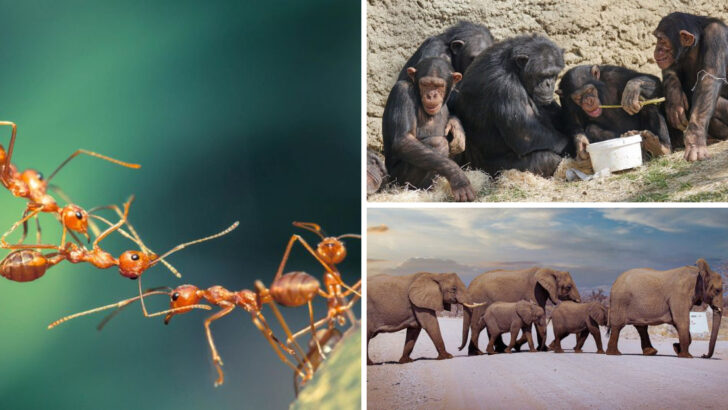Think teamwork is just for humans? Think again! The wild world is full of animals that show us how collaboration is the secret to survival and success. Forget about going solo—these creatures have perfected the art of working together.
From meerkats standing guard while others forage to ants forming bridges with their bodies, nature’s teamwork strategies will blow your mind. It’s not just about survival—it’s about thriving, and these animals know it.
It’s fascinating to watch how different species come together, relying on each other’s strengths to pull off the impossible. Whether it’s hunting in packs or protecting their home, these animals prove that unity isn’t just strength—it’s the key to conquering challenges.
Get ready to be amazed by 18 incredible animals that are truly masters of teamwork in the wild. Their cooperation will change the way you see nature forever.
Ants
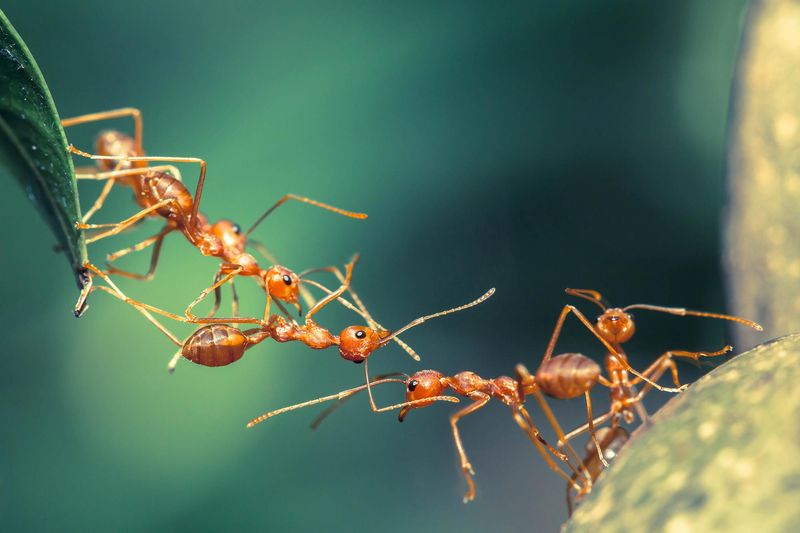
Ants are remarkable for their highly organized colonies. These insects work collectively, each taking on specific roles such as foraging, nursing, and defending the colony. For instance, when foraging, ants leave a pheromone trail to lead others to food sources.
Each ant contributes to tasks that are vital for the survival of the entire colony. The division of labor allows ants to efficiently gather resources and fend off predators. In essence, ants embody the spirit of teamwork, demonstrating how cooperation can enhance survival in the wild.
Honeybees

Honeybees live in complex colonies where each individual has a specific task. Worker bees gather nectar, produce honey, and care for the queen’s offspring. The queen, in turn, is responsible for laying eggs and ensuring the colony’s growth.
Bees communicate through a series of dances to convey information about food sources. This intricate system of communication and division of labor is crucial for the colony’s success. By working together, honeybees can efficiently manage resources and protect their hive.
Wolves
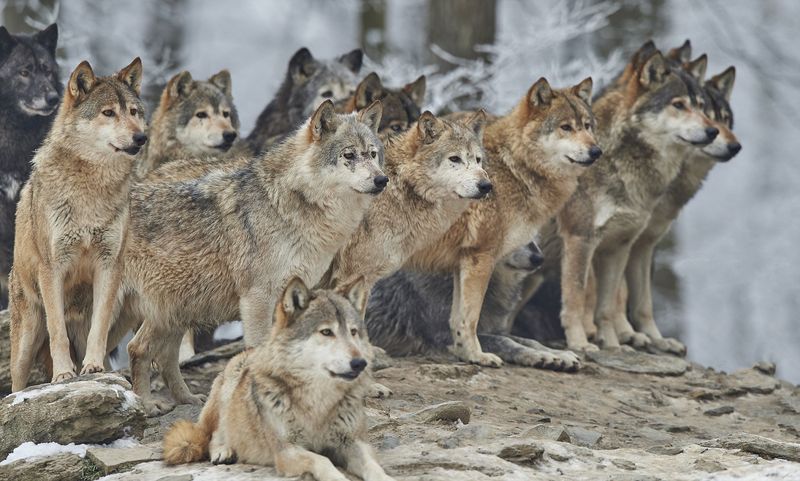
Wolves are known for their cooperative hunting strategies. Living in packs, wolves rely on teamwork to track and hunt large prey such as deer and elk. Each member plays a role, from scouting the terrain to launching the attack.
Coordination and communication are key, as wolves use vocalizations and body language to synchronize their movements. This pack mentality ensures that they can take down prey much larger than themselves, showcasing their impressive teamwork.
Dolphins

Dolphins are highly social animals that often hunt in pods. They use complex strategies, such as creating bubbles to herd fish, making it easier to catch them. Each dolphin plays a specific role during the hunt, ensuring the group’s success.
Their ability to communicate through clicks and whistles allows them to coordinate their actions precisely. This level of cooperation not only aids in hunting but also in protecting each other from predators.
Meerkats
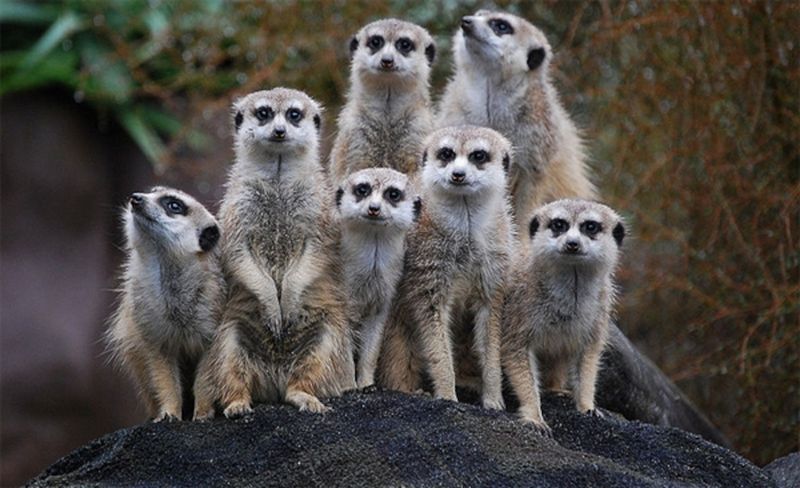
Meerkats exhibit remarkable teamwork in their family groups. While some members forage for food, others stand guard to watch for predators. This division of labor ensures the group’s safety and efficiency in finding food.
Their communication is finely tuned, with specific calls to signal danger or the all-clear. This cooperative behavior is essential for their survival in the harsh environments of Africa’s deserts.
African Wild Dogs
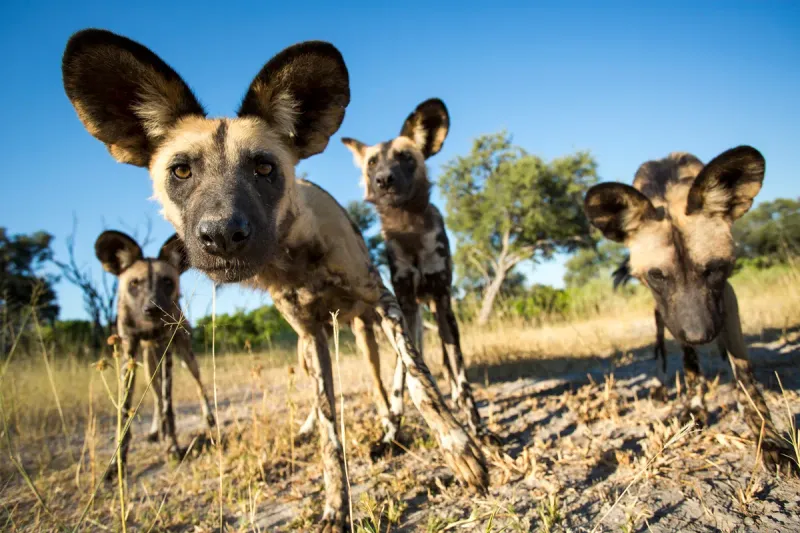
African wild dogs are renowned for their cooperative hunting techniques. Living in packs, these dogs use strategic planning and coordination to catch prey such as antelope. Each dog in the pack has a role, from chasing to cornering the target.
Their success rate in hunts is among the highest for large predators, thanks to their teamwork. This collaborative effort allows them to provide for the entire pack, including the young and elderly.
Chimpanzees
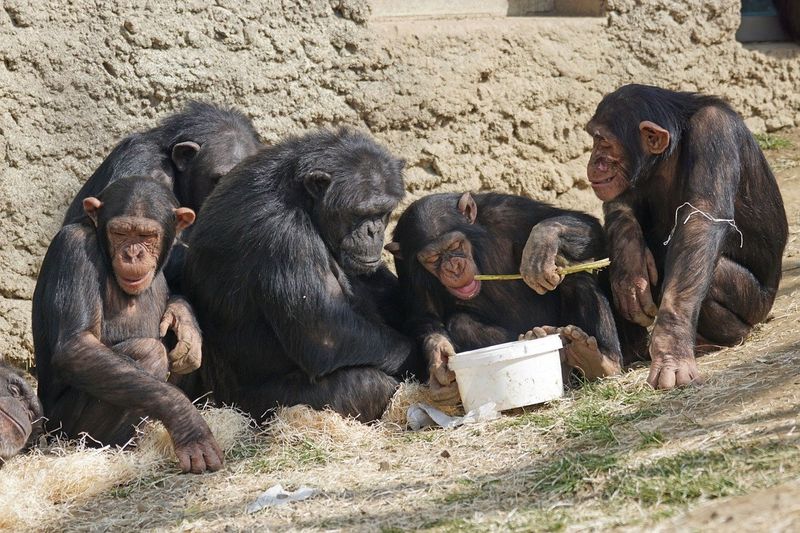
Chimpanzees showcase teamwork through cooperative hunting and tool use. In the wild, groups of chimpanzees may band together to hunt smaller mammals, sharing the rewards of their efforts.
They also work collectively to fish for termites using sticks, teaching younger members the skills needed. This sharing of knowledge and resources highlights the cooperative spirit within chimpanzee communities.
Orcas
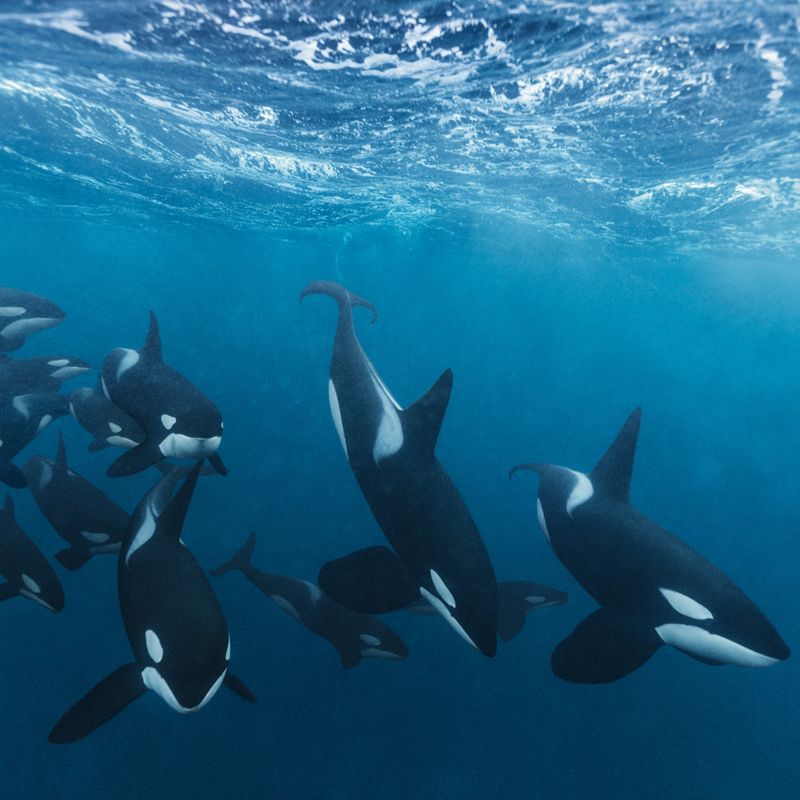
Orcas, or killer whales, are apex predators known for their collaborative hunting strategies. In pods, they engage in tactics like carousel feeding, where they circle fish to gather them into tight balls for easier capture.
Communication and precision are key, with each orca playing a specific role. Their ability to work together is crucial for catching prey, and it strengthens social bonds within the pod.
Penguins

Emperor penguins demonstrate teamwork in one of the harshest climates on Earth. During the brutal Antarctic winter, they huddle together to conserve warmth. This behavior involves constant movement, with penguins taking turns on the outer edges of the group.
By cooperating in this way, they ensure the survival of the entire colony. Communication through vocalization helps them maintain formation and coordinate movements.
Elephants

Elephants are known for their strong family bonds and teamwork in herds. They work together to protect and nurture their young, with all members taking part in raising calves.
When threatened, they form protective circles around vulnerable members. This collaboration ensures the safety and wellbeing of the herd, showcasing their intelligence and social structure.
Hyenas
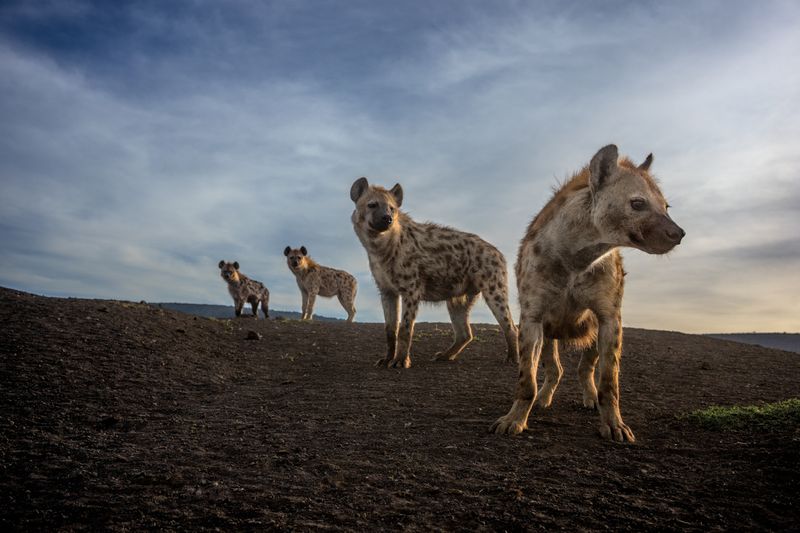
Hyenas live in clans where teamwork is essential for hunting and defending their territory. They use strategic hunting techniques, often working together to outsmart and overpower prey.
Communication is vital, as hyenas use vocalizations to coordinate their actions and signal to one another. This social structure allows them to maintain a strong and efficient community.
Geese
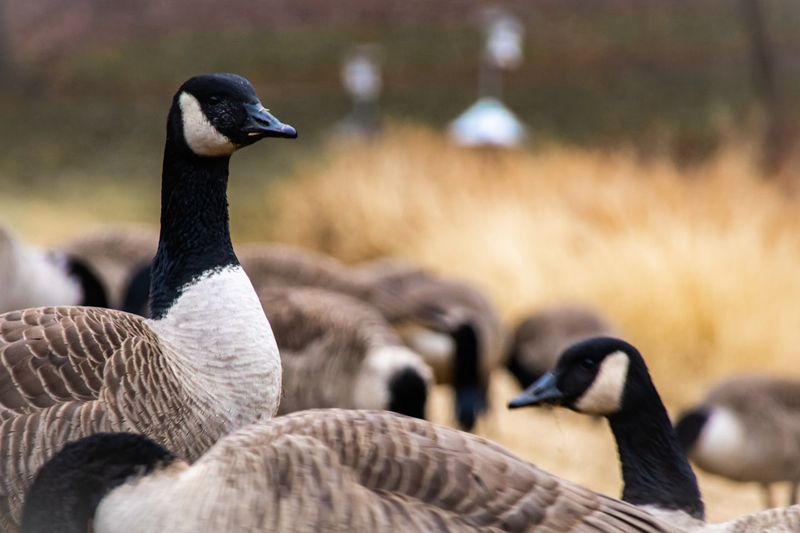
Geese exhibit teamwork during long migrations. By flying in a V formation, they reduce wind resistance for the birds behind them, allowing the flock to conserve energy.
Each goose takes turns leading the formation, demonstrating cooperation and shared leadership. This strategy enables them to travel vast distances efficiently, underscoring the importance of teamwork in the animal kingdom.
Lions

Lions live in prides that rely on teamwork for survival. Female lions often hunt in groups, using tactics to encircle and ambush prey. This coordinated effort increases their success rate and ensures that all pride members are fed.
Male lions work together to defend their territory and protect the pride from rivals. This cooperation within the pride exemplifies the power of teamwork.
Termites

Termites live in highly structured colonies where each individual has a role. Workers build and maintain the nest, soldiers defend it, and the queen and king reproduce to ensure the colony’s future.
This division of labor allows termites to construct massive, complex mounds that serve as their habitat. Their ability to work together is a testament to the strength of teamwork in nature.
Baboons
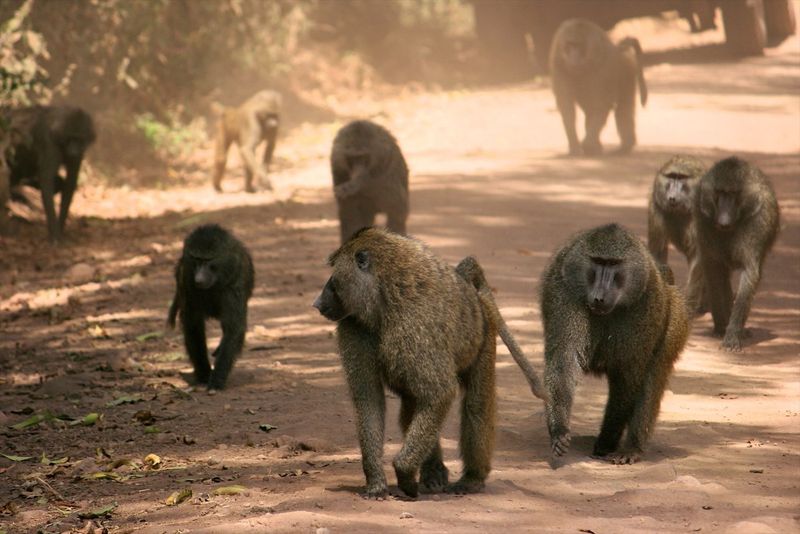
Baboons are social animals that live in troops, relying on teamwork for protection and resource gathering. They engage in grooming, which strengthens social bonds and helps maintain group cohesion.
When foraging, baboons communicate to alert others of potential dangers. This cooperation ensures that the troop can find food while staying safe from predators.
Crows
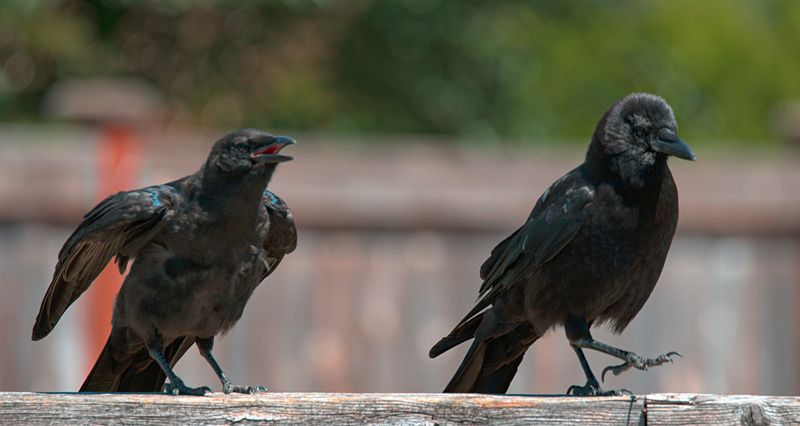
Crows are highly intelligent birds that often work together to solve problems and obtain food. They use tools and collaborate to open containers or access hard-to-reach areas.
Their problem-solving skills and ability to learn from one another highlight their cooperative nature. This teamwork allows crows to thrive in various environments.
Otters
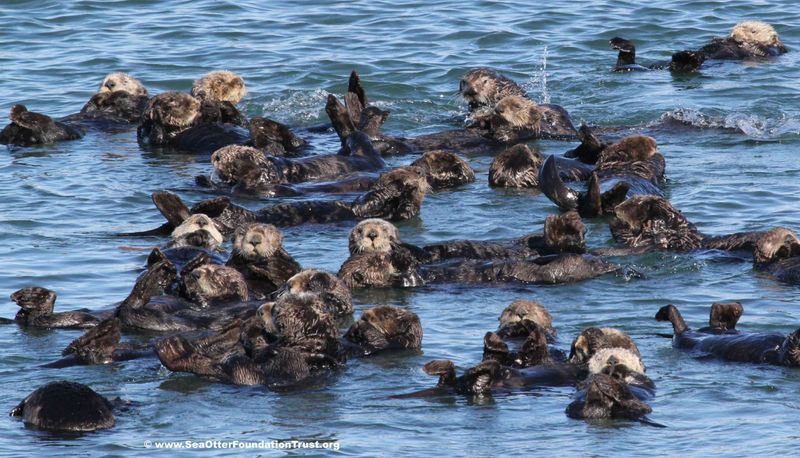
Otters, particularly sea otters, are known for their playful teamwork in hunting and foraging. They float together in groups, using tools like rocks to crack open shellfish.
By working together, otters can efficiently catch and share food, ensuring the survival of their family group. This cooperation is essential for their wellbeing in aquatic environments.
Vampire Bats

Vampire bats exhibit a unique form of teamwork through food sharing. If a bat fails to feed, others in the colony will regurgitate blood to share. This reciprocal altruism ensures that all members survive during tough times.
This behavior fosters strong social bonds and cooperation within the colony, highlighting the benefits of teamwork even among species with a fearsome reputation.

